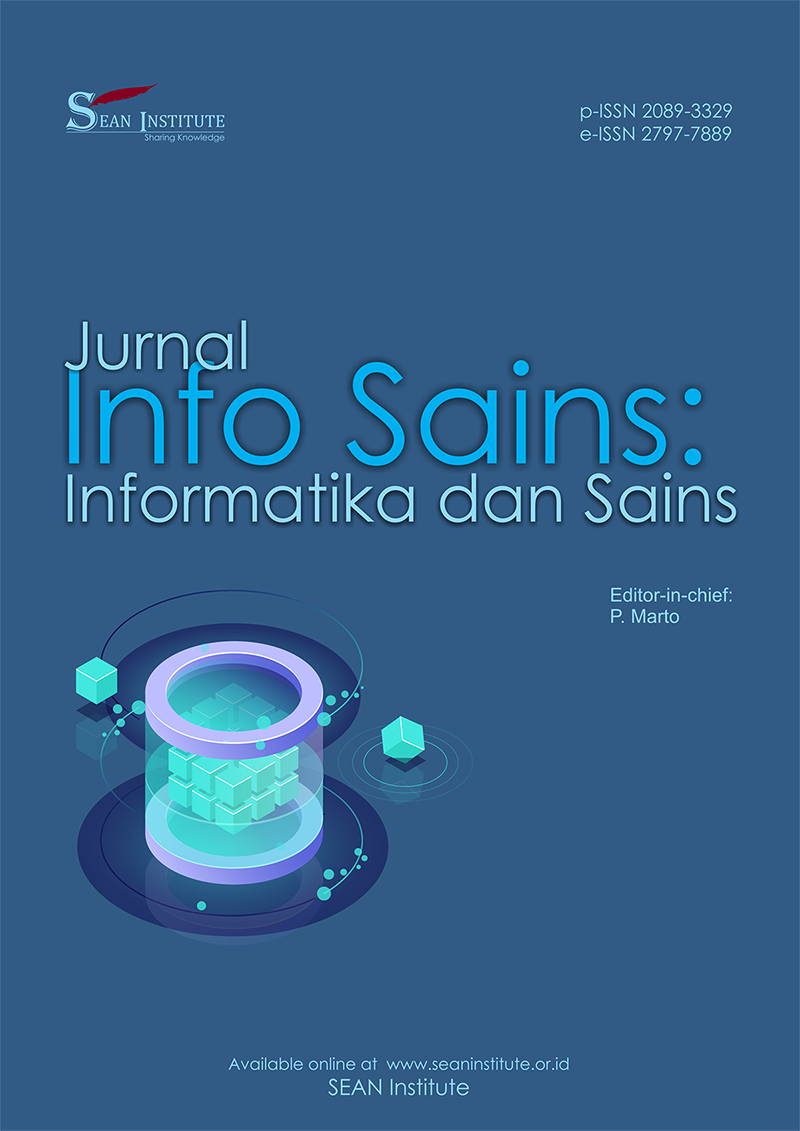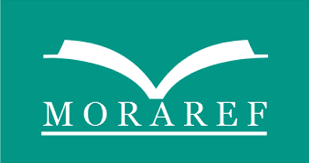Development Direction of Muara Gembong Coastal Area Based on Abrasion Vulnerability Analysis
Keywords:
Abrasion, Vulnerability, Coastal AreasAbstract
Abrasion in Muara Gembong District has resulted in changes in the coastline, reaching 3,852 m. Abrasion causes physical, environmental, social, and economic changes, as well as changes in the lives of local people. This study aims to analyze the level of vulnerability due to abrasion in the coastal area of Muara Gembong. This study uses the AHP method to determine the weight of factors influencing vulnerability due to abrasion by involving stakeholders as respondents. Giving value weights to criteria and alternatives, then pairwise comparisons of each stakeholder's opinions. Using proximity analysis techniques, vulnerability zone analysis was carried out using kernel density analysis techniques and analysis regarding the distance from the coast to settlements. The analysis technique using Weighted Overlay is carried out to determine the vulnerability zone based on the results of the factor weight assessment. From the results of the analysis, the factor that has the greatest influence on the vulnerability of the Muara Gembong coastal area due to abrasion is the environmental factor; this shows that if there is environmental damage, especially damage to protected forests and mangrove forests, it will accelerate the process of coastal abrasion. The analysis results show that 85.10% of the coastal area of Muara Gembong is in the moderate vulnerability zone, 14.25% is in the high vulnerability zone, and 0.65% is in the low vulnerability zone. The results of the superimpose between the spatial pattern plan of Muara Gembong District and the Vulnerability Map show that the directions for developing activities for cultivation areas dominated by residential activities are in high and medium vulnerability zones. In contrast, low vulnerability zones are directed toward developing non-settlement cultivation areas.
Downloads
References
Choirunisa, A. K., & Giyarsih, S. R. (2016). Kajian Kerentanan Fisik, Sosial dan Ekonomi Pesisir Samas Kabupaten Bantul Terhadap Erosi Pantai. *Jurnal Bumi Indonesia, 4*(4).
Haryani, et al. (2021). Kajian Arahan Pemanfaatan Ruang Berdasarkan Tingkat Kerentanan Abrasi Pantai Di Kecamatan Koto Tangah Kota Padang. *Jurnal Rekayasa, 11*(2), 119-135.
Kasman, Mursa, T., K., & Purbani, D. (2022). Percepatan Pembangunan Di Wilayah Pesisir Kabupaten Tangerang Melalui Pengembangan Kawasan Minapolitan Berbasis Budidaya Tambak Di Wilayah Pesisir Kabupaten Tangerang. *Jurnal Kelautan Nasional*. http://dx.doi.org/10.15578/jkn.v17i1.10905
Kasman, Tudikromo, F. H., & Arifin, T. (2022). Pengembangan Ekowisata Mangrove Di Pantai Sesar Lama, Kecamatan Bula. *Jurnal Kelautan Nasional*. http://dx.doi.org/10.15578/jkn.v17i3.11519
Kinanthi, R., et al. (2016). Kajian Kerentanan Petani Transmigran Lokal Terhadap Bencana Abrasi di Pesisir Desa Bugel Kabupaten Kulon Progo. *Academia*.
Nanda, C. A., et al. (2019). Analisis Tingkat Daerah Rawan Kriminalitas Menggunakan Metode Kernel Density Di Wilayah Hukum Polrestabes Kota Semarang. *Jurnal Geodesi*. Universitas Diponegoro.
Pananrangi, A. I. (2015). Pemanfaatan Lahan Kawasn Pesisir Galesong Berbasis Analisis Resiko Bencana Abrasi. *Plano Madani, 4*(2).
Kim, S., Arrowsmith, C. A., & Handmer, J. (2009). Assessment of socioeconomic vulnerability of Coastal Areas from an indicator-based approach. *Journal of Coastal Research, 21*(5), 942-952.
Suprapto, O., et al. (2016). Analisis kerentanan Fisik Pantai Di Pesisir Garut Selatan Jawa Barat. *Jurnal Perikanan Kelautan, 7*(2).
Zhu, Z. T., Cai, F., Chen, S. L., Gu, D., Feng, A. P., Cao, C., Qi, H. S., & Lei, G. (2019). Coastal Vulnerability to Erosion Using a Multi-Criteria Index: A Case Study of the Xiamen Coast. *Sustainability, 11*(1), 93. https://doi.org/10.3390/su11010093
Utami, V. H., & Pamungkas, A. (2013). Identifikasi Kawasan Rentan Terhadap Abrasi di Pesisir Kabupaten Tuban. *Jurnal Teknik POMITS, 2*(2).
Westplat, M. J. H., Tondobala, L., & Makarau, V. H. (2017). Analisis kerentanan wilayah pesisir pantai di perkotaan Ternate. *SPASIAL, 4*(2), 12-18.
Widhijanto, A. A., & Tisnaningtyas, E. Y. (2018). Identifikasi Kawasan Permukiman Pendukung: Analisis Proximity Pengembangan Destinasi Wisata Danau Toba. *Jurnal Neo Teknika, 4*(1), 11-19.
Wulandari, N. I. (2020). Dinamika Perubahan Garis Pantai di Kecamatan Muara Gembong Kabupaten Bekasi. *Skripsi*. Universitas Negeri Jakarta.
Zefri, A., S., & Utomo, K. Y. (2022). Integration of Spatial Data With Land Using Geographic Information System (GIS) Model (Case Study in The Ministry of National Land Agency). The 2nd Geography International Conference.















